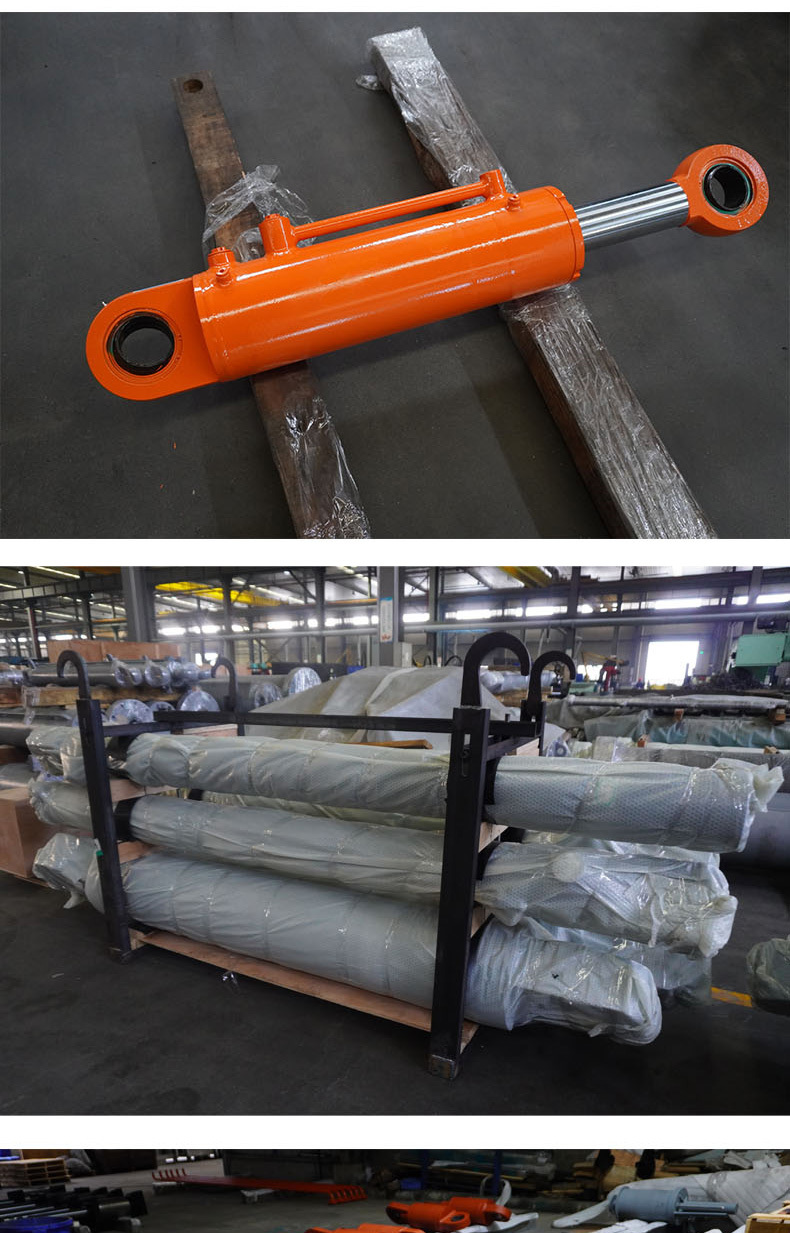Understanding Hydraulic Cylinders in Mine Equipment: Essential Insights for Industrial Applications
2025-06-03
Hydraulic cylinders are vital components in the mining industry, particularly in mine equipment where heavy lifting and precise movements are essential. These cylinders convert hydraulic energy into mechanical force, enabling machinery to perform various tasks, from excavation to material handling. Understanding the functionality and applications of hydraulic cylinders can significantly enhance operational efficiency in mining operations.
One of the primary functions of hydraulic cylinders in mine equipment is to facilitate the lifting and lowering of heavy loads. These cylinders are engineered to withstand extreme pressures and harsh environments, ensuring reliability and durability. They typically consist of a cylindrical barrel, piston, and seals, all of which work together to create controlled movement. The hydraulic fluid, often oil, is pumped into the cylinder, causing the piston to move and generate force. This mechanism allows for smooth and powerful operation, which is crucial in mining applications where precision is paramount.
In addition to lifting, hydraulic cylinders also play a crucial role in various other functions within mine equipment. For example, they are used in drills, dump trucks, and loaders to assist with digging, unloading, and transporting materials. The adaptability of hydraulic cylinders allows them to be employed in multiple machinery configurations, making them an indispensable part of mining operations.
Maintenance is another critical aspect of hydraulic cylinders in industrial applications. Regular inspection and servicing can prevent costly breakdowns and extend the lifespan of the equipment. Common maintenance practices include checking for leaks, ensuring proper fluid levels, and inspecting seals and connections. Implementing a routine maintenance schedule can significantly reduce downtime and enhance productivity.
Moreover, advancements in technology have led to the development of more efficient hydraulic cylinders designed specifically for the mining industry. These new models often incorporate features such as advanced sealing systems and improved materials that can withstand harsh operating conditions. By staying abreast of these innovations, industry professionals can make informed decisions that boost the performance and reliability of their mine equipment.
In summary, hydraulic cylinders are essential components in the mining industry, enabling efficient operation of various equipment types. Their ability to provide powerful and precise movements makes them indispensable in tasks ranging from lifting heavy loads to facilitating complex operations. By understanding their functions, applications, and maintenance needs, professionals can enhance the reliability and efficiency of their mining operations, ultimately leading to improved productivity and performance.
One of the primary functions of hydraulic cylinders in mine equipment is to facilitate the lifting and lowering of heavy loads. These cylinders are engineered to withstand extreme pressures and harsh environments, ensuring reliability and durability. They typically consist of a cylindrical barrel, piston, and seals, all of which work together to create controlled movement. The hydraulic fluid, often oil, is pumped into the cylinder, causing the piston to move and generate force. This mechanism allows for smooth and powerful operation, which is crucial in mining applications where precision is paramount.
In addition to lifting, hydraulic cylinders also play a crucial role in various other functions within mine equipment. For example, they are used in drills, dump trucks, and loaders to assist with digging, unloading, and transporting materials. The adaptability of hydraulic cylinders allows them to be employed in multiple machinery configurations, making them an indispensable part of mining operations.
Maintenance is another critical aspect of hydraulic cylinders in industrial applications. Regular inspection and servicing can prevent costly breakdowns and extend the lifespan of the equipment. Common maintenance practices include checking for leaks, ensuring proper fluid levels, and inspecting seals and connections. Implementing a routine maintenance schedule can significantly reduce downtime and enhance productivity.
Moreover, advancements in technology have led to the development of more efficient hydraulic cylinders designed specifically for the mining industry. These new models often incorporate features such as advanced sealing systems and improved materials that can withstand harsh operating conditions. By staying abreast of these innovations, industry professionals can make informed decisions that boost the performance and reliability of their mine equipment.
In summary, hydraulic cylinders are essential components in the mining industry, enabling efficient operation of various equipment types. Their ability to provide powerful and precise movements makes them indispensable in tasks ranging from lifting heavy loads to facilitating complex operations. By understanding their functions, applications, and maintenance needs, professionals can enhance the reliability and efficiency of their mining operations, ultimately leading to improved productivity and performance.
Previous Page
Previous Page
Questions?
We are here to help.







